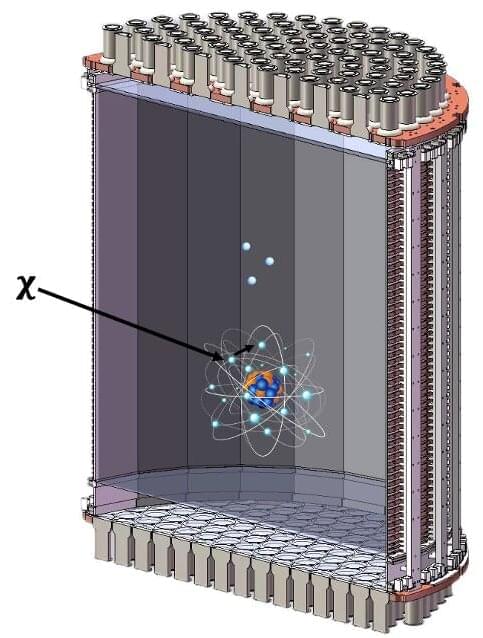Teams of physicists worldwide have been trying to detect dark matter, an elusive type of matter that does not emit, absorb, or reflect light. Due to its lack of interactions with electromagnetic forces, this matter is very difficult to observe directly, thus most researchers are instead searching for signals originating from its interactions with other particles in its surroundings.
The PandaX experiment is a research effort dedicated to the search of dark matter using data collected by the Particle and Astrophysical xenon detector, situated at the China Jinping Underground Laboratory (CJPL) in Sichuan, in China. In a recent paper published in Physical Review Letters, the researchers involved in this large-scale experiment published the results of their most recent search for light dark matter (i.e., weakly interacting massive particles with masses below 1 GeV).
“Currently, strong constraints exist for heavy mass dark matter candidates derived from null results in direct detection experiments using xenon detectors,” Yue Meng, Qing Lin and Ning Zhou told Tech Xplore, on behalf of the PandaX collaboration. “However, traditional searches are not sensitive to light mass dark matter (less than GeV/c2) due to the detection energy threshold. Using an ionization-only signal (S2-only) to search for light mass dark matter can reduce the energy threshold from ~1 keV to 0.1 keV. Previous S2-only data analyses in xenon detectors were unable to model the background, which prevented effective and sensitive searches for light mass dark matter.”
